Zero-Resistance superconducting magnets: Superconducting Technology
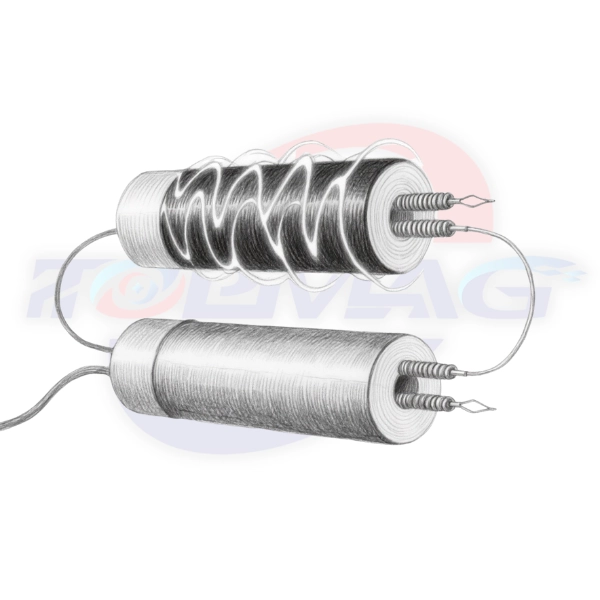
A superconducting magnet is an electromagnet that uses superconducting materials to achieve zero resistance at extremely low temperatures. It can carry extremely high current densities and generate strong magnetic fields far exceeding traditional electromagnets.
Characteristics of superconducting magnets
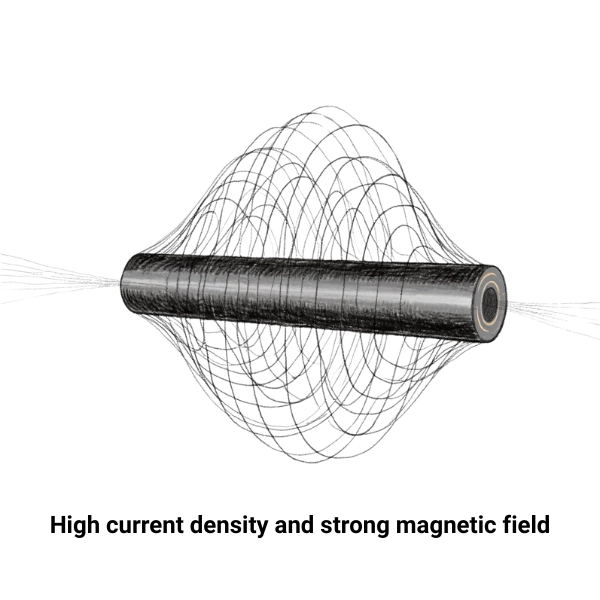
High current density and strong magnetic field: Superconducting materials achieve zero resistance below the critical temperature, can carry extremely high current densities, generate strong magnetic fields, and consume almost zero energy. Compared with traditional ferromagnetic material shaping technology, superconducting magnets can produce steeper magnetic field gradients to meet high field strength requirements.
1. Cost-effectiveness
Small superconducting magnets are superior to conventional magnets in field strength and stability, and are less expensive. Large superconducting magnets become more economical than high-energy-consuming conventional electromagnets as they run longer. However, for applications below 1T and with low stability requirements, water-cooled copper coils are still more economical.
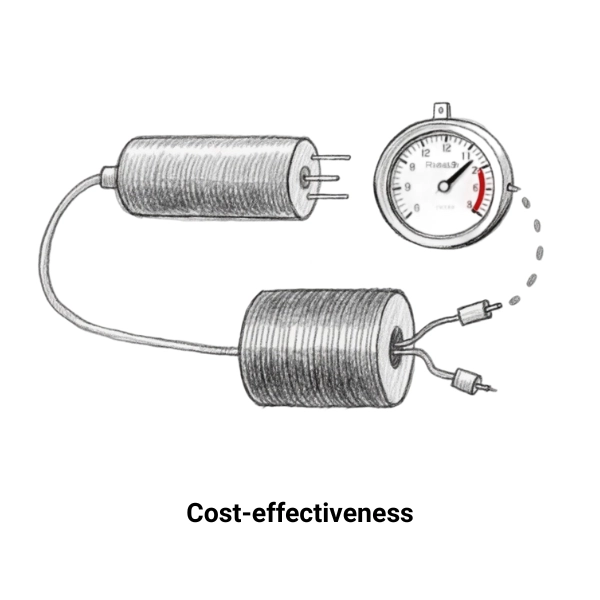
2. Long-term stability
In the long-term working mode, the L/R time constant of the superconducting magnet is extremely long, and the magnetic field can remain highly stable for days or even months, which is particularly suitable for experiments that require long-term signal averaging.

3. Compact design
High current density makes superconducting magnets small in size, occupying less laboratory space, and is suitable for space-constrained environments.
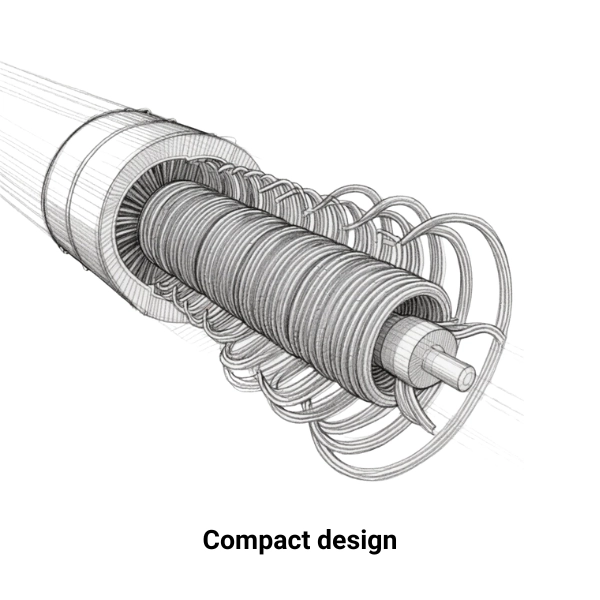
Cooling technology
Superconducting magnets need to be cooled below the critical temperature to maintain the superconducting state. There are two common cooling methods:
Liquid cooling technology
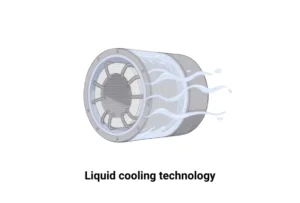
Mechanical cooling technology
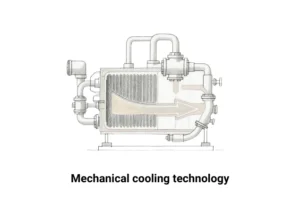
Superconducting materials and performance
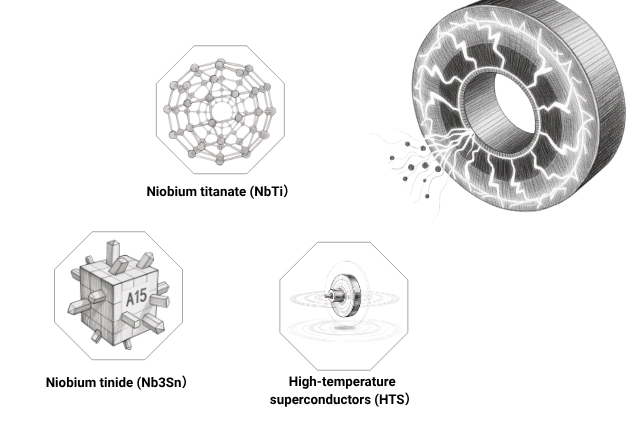
The performance of superconducting magnets is limited by the critical temperature (Tc), critical magnetic field (Hc), and critical current (Ic) of the material. Commonly used materials are:
Niobium titanium (NbTi): critical temperature 10K, supports 9-10T magnetic field at 4.2K, and can reach 9.5-10T at 2K, suitable for low field area and long-term stability requirements of nuclear magnetic resonance.
Niobium tin (Nb3Sn): critical temperature 18K, supports 23T at 2.2K (higher at 4.2K), suitable for high field area.
High temperature superconductor (HTS): supports up to 45T magnetic field at 4.2K, suitable for ultra-high magnetic field inserts and current leads, reducing heat leakage.
Superconducting magnet breakthrough: 32T full superconducting magnet
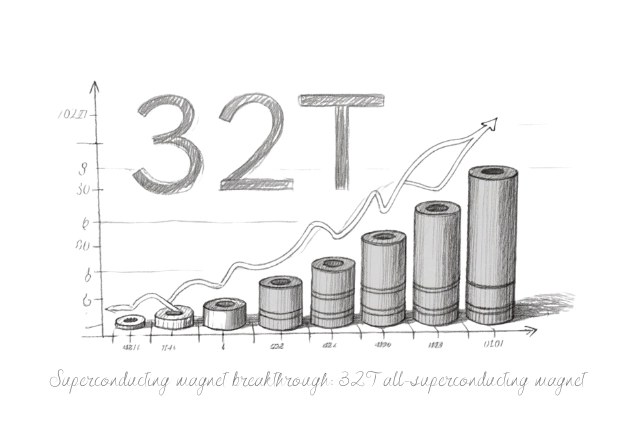
In 1819, Oersted discovered that electric current generates a magnetic field, laying the foundation for electromagnets. The discovery of superconductivity in the 20th century has led to a leap in magnet strength, with commercial superconducting magnets reaching 23T, more than 2,000 times stronger than ordinary magnets.
In 2017, the Florida National High Magnetic Field Laboratory developed a 32T all-superconducting magnet, which was put into use in 2019. The magnet combines low-temperature superconductivity and high-temperature superconductivity to significantly increase the field strength. A 32T magnetic field generates more than 300 tons of stress. The coil is impregnated with epoxy resin and placed in a vacuum chamber to enhance the structure to the Lorentz force.
Applications of superconducting magnets
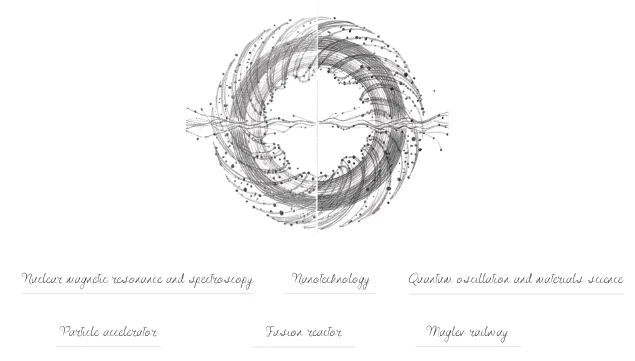
Nuclear magnetic resonance and spectroscopy: High-field superconducting magnets provide high resolution and stability, driving biomedical, chemical, and physical research.
Quantum oscillations and materials science: revealing the quantum behavior of complex metals and molecular solids.
Nanotechnology: 32T magnets help manipulate atomic/molecular structures at the 1-100nm scale to optimize material strength, catalytic performance, and conductivity.
Particle accelerators: support high-energy physics experiments.
Fusion reactors: provide strong magnetic fields, control plasma, and promote the development of clean energy in projects such as ITER.
Maglev railway: used for the suspension, guidance, and propulsion of Japan’s maglev system to achieve efficient transportation.
Conclusion
Superconducting magnets are reshaping the frontiers of science and technology with their excellent performance and wide application prospects. With the advancement of materials science and engineering technology, the next generation of superconducting magnets will bring more efficient and economical solutions, injecting new impetus into human exploration of the unknown and solving global challenges.

I'm dedicated to popular science writing about magnets. My articles mainly focus on their principles, applications, and industry anecdotes. Our goal is to provide readers with valuable information, helping everyone better understand the charm and significance of magnets. At the same time, we're eager to hear your opinions on magnet-related needs. Feel free to follow and engage with us as we explore the endless possibilities of magnets together!



